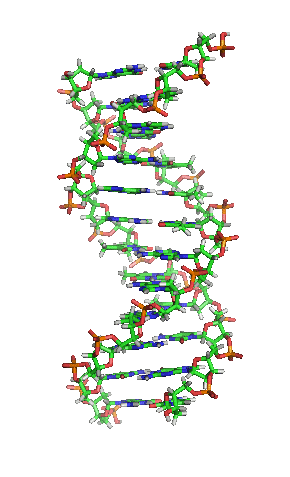
Fast-growing genetically modified trout and salmon could soon be the first transgenic animals on the table
THE Belgian blue is an ugly but tasty cow that has 40% more muscle than it should have. It is the product of random mutation followed by selective breeding—as, indeed, are all domesticated creatures. But where an old art has led, a new one may follow. By understanding which genetic changes have been consolidated in the Belgian blue, it may be possible to design and build similar versions of other species using genetic engineering as a short-cut. That is precisely what Terry Bradley, a fish biologist at the University of Rhode Island, is trying to do. Instead of cattle, he is doing it in trout. His is one of two projects that may soon put the first biotech animals on the dinner table.
Belgian blues are so big because their genes for a protein called myostatin, a hormone that regulates muscle growth, do not work properly. Dr Bradley has launched a four-pronged attack on the myostatin in his trout. First, he has introduced a gene that turns out a stunted version of the myostatin receptor, the molecule that sits in the surface membrane of muscle cells and receives the message to stop growing. The stunted receptor does not pass the message on properly. He has also added two genes for non-functional variants of myostatin. These churn out proteins which bind to the receptors, swamping and diluting the effect of functional myostatin molecules. Finally, he has added a gene that causes overproduction of another protein, follistatin. This binds to myostatin and renders it inoperative.
The upshot of all this tinkering is a trout that has twice the abdominal muscle mass of its traditional counterparts. Moreover, this muscle is low in fat, like that of its bovine counterparts. That, and the fact that the animal’s other organs are unaffected, means it does not take twice as much food to grow a fish to maturity.
The genetic engineers at Aqua Bounty, a company based in Waltham, Massachusetts, have taken a different route using a different species. They are trying to grow supersize salmon by tinkering with the genes for growth hormone. Two snippets of DNA are involved. One, taken from a relative of the cod called the ocean pout, promotes the activity of the gene that encodes growth hormone. The other, taken from a chinook salmon, is a version of the growth-hormone gene itself. Unmodified salmon undergo a period of restricted growth when they are young. Together these two pieces of DNA produce growth hormone during that lull, abolishing it. The result is a fish that reaches marketable size in 18-24 months, as opposed to 30 months for the normal variety.








